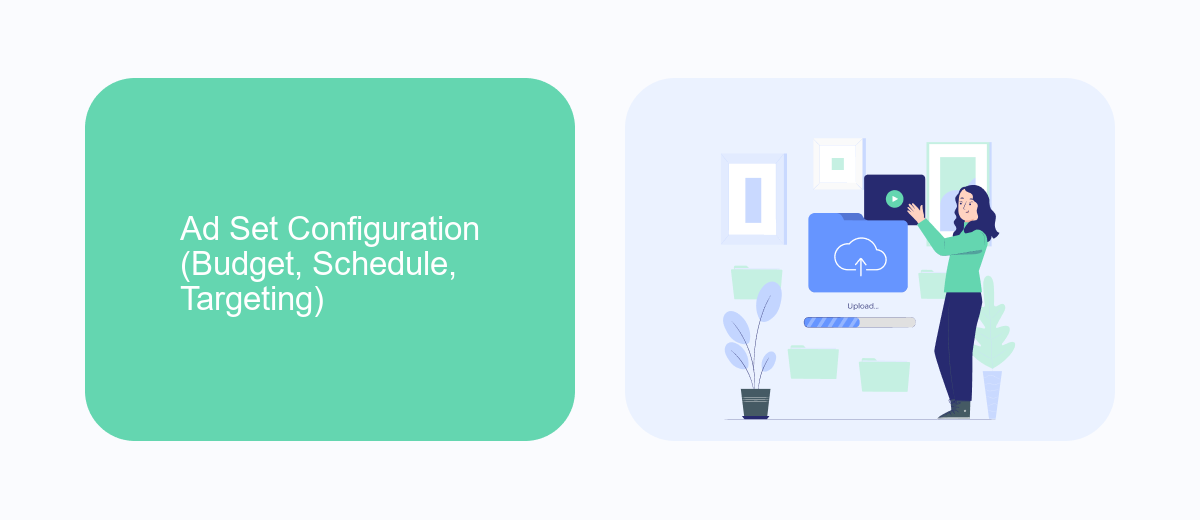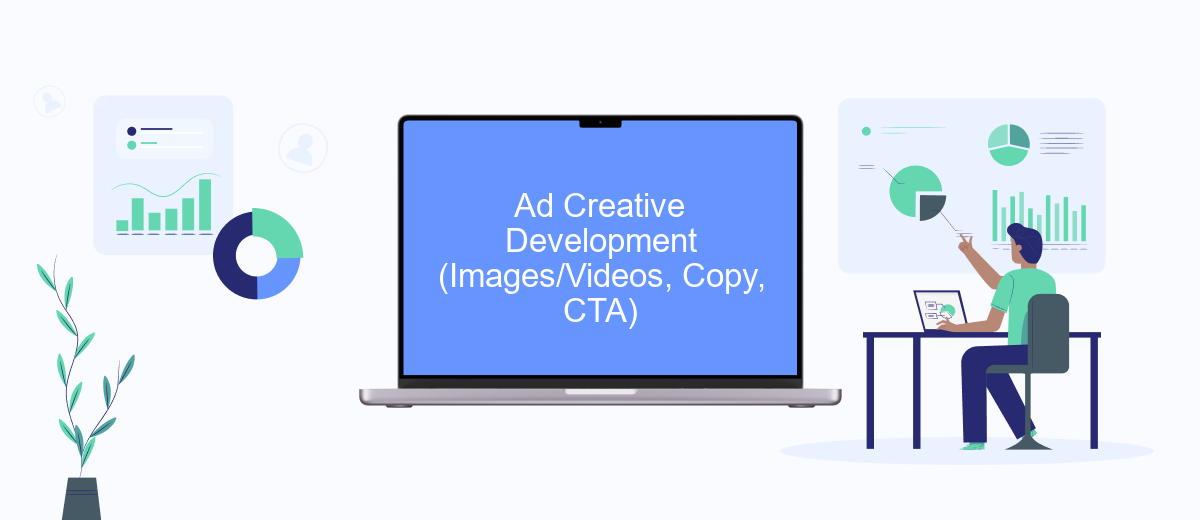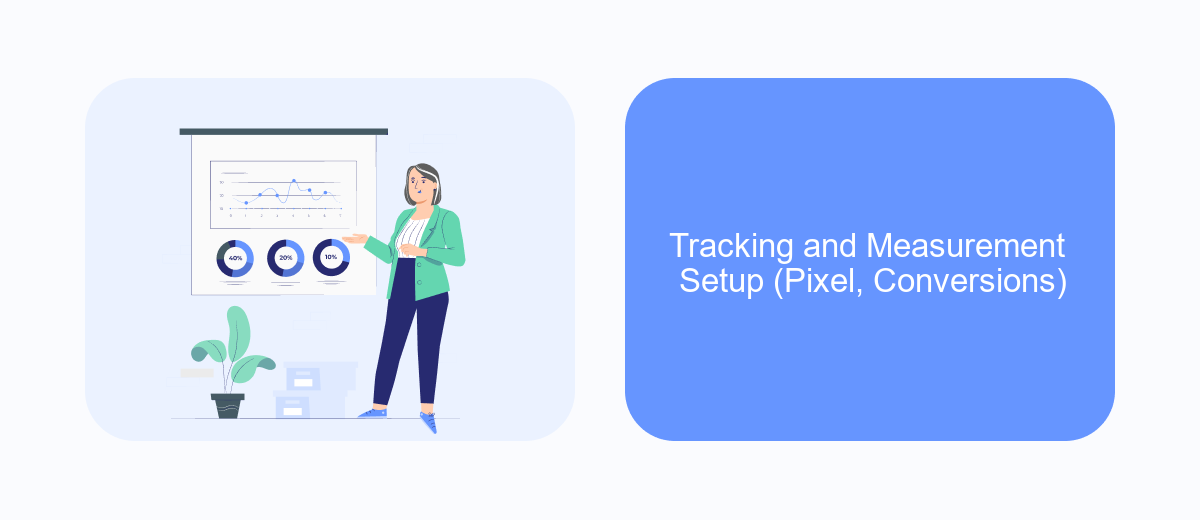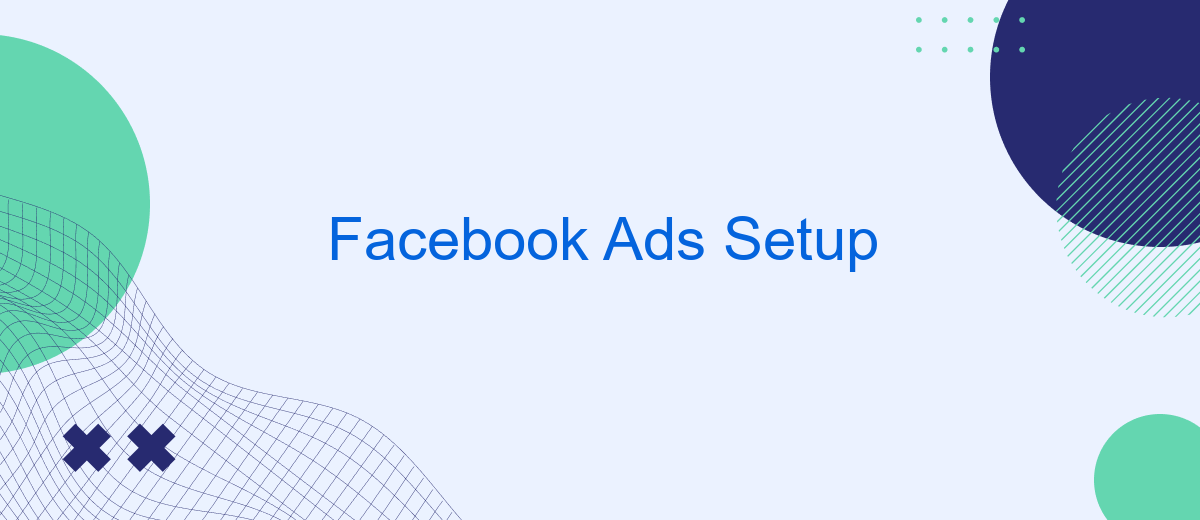Setting up Facebook Ads can be a game-changer for businesses looking to expand their reach and engage with their target audience effectively. With over 2.8 billion monthly active users, Facebook offers a powerful platform for advertising. This guide will walk you through the essential steps of creating and optimizing your Facebook Ads, ensuring you maximize your return on investment and achieve your marketing goals.
Campaign Objective and Target Audience
When setting up a Facebook ad campaign, selecting the right campaign objective is crucial. The objective determines how Facebook will optimize your ad delivery to achieve your desired outcome. Common objectives include Brand Awareness, Traffic, Engagement, App Installs, Video Views, Lead Generation, and Conversions. Each objective aligns with specific business goals, so it's essential to choose one that matches your marketing strategy.
- Brand Awareness: Increase recognition among potential customers.
- Traffic: Drive visitors to your website or app.
- Engagement: Boost interactions like comments, shares, and likes.
- App Installs: Encourage users to download your app.
- Video Views: Promote video content to a broader audience.
- Lead Generation: Collect leads directly from Facebook.
- Conversions: Drive valuable actions on your website.
Understanding your target audience is equally important for campaign success. Begin by defining demographics such as age, gender, and location. Utilize Facebook's detailed targeting options to reach users based on interests, behaviors, and connections. By accurately identifying your audience, you enhance ad relevance and improve the likelihood of achieving your campaign objectives effectively.
Ad Set Configuration (Budget, Schedule, Targeting)

Configuring your Facebook Ad Set is crucial for reaching the right audience with the right message. Begin by setting your budget, which can be either a daily or lifetime amount. A daily budget specifies how much you’re willing to spend each day, while a lifetime budget spreads the total spend over the duration of your campaign. Choose a budget that aligns with your marketing goals and financial capacity to ensure optimal performance without overspending.
Next, schedule your ads to run at times when your target audience is most active. You can choose to run your ads continuously or set specific start and end dates. Targeting is another vital component, allowing you to reach specific demographics based on age, location, interests, and behaviors. For enhanced targeting efficiency, consider using integration services like SaveMyLeads to automate data transfers and streamline your ad management process. By setting precise parameters, you can maximize your ad delivery and improve engagement rates, ensuring that your campaign effectively reaches and resonates with your desired audience.
Ad Creative Development (Images/Videos, Copy, CTA)

Creating effective ad creatives is crucial for the success of your Facebook Ads campaign. The visual elements, including images and videos, should be eye-catching and relevant to your target audience. High-quality visuals not only capture attention but also convey your brand message effectively. Additionally, the ad copy should be concise and persuasive, highlighting the key benefits of your product or service.
- Images/Videos: Use high-resolution images or engaging videos that align with your brand identity. Ensure they are optimized for different placements and formats.
- Copy: Craft a compelling headline and body text that resonate with your audience. Focus on the unique selling points and address any pain points.
- CTA (Call to Action): Include a clear and direct CTA that encourages users to take the desired action, whether it's visiting your website, signing up, or making a purchase.
By strategically combining images, copy, and a strong CTA, you can create ad creatives that not only attract attention but also drive conversions. Regularly test different elements to see what resonates best with your audience, and be ready to adjust your approach based on performance data.
Tracking and Measurement Setup (Pixel, Conversions)

Setting up tracking and measurement is crucial for optimizing your Facebook Ads campaigns. The Facebook Pixel is a powerful tool that allows you to track user interactions on your website, helping you understand the effectiveness of your ads. By installing the Pixel on your website, you can gather valuable data to refine your targeting and improve conversion rates.
To get started, create a Facebook Pixel in your Ads Manager. Once created, you’ll receive a unique Pixel code that needs to be added to your website's header. This code tracks user behavior, such as page views and purchases, providing insights into which ads are driving the most conversions.
- Install the Facebook Pixel on your website.
- Set up conversion events to track specific actions.
- Test your Pixel to ensure it’s working correctly.
- Use the Events Manager to monitor and analyze data.
After setting up the Pixel, define conversion events relevant to your business goals. These events could include actions like completing a purchase, signing up for a newsletter, or adding items to a cart. By analyzing this data, you can make informed decisions to optimize your ad strategy and maximize return on investment.
- Automate the work with leads from the Facebook advertising account
- Empower with integrations and instant transfer of leads
- Don't spend money on developers or integrators
- Save time by automating routine tasks
Launch, Monitoring, and Optimization
Once your Facebook Ads campaign is set up, it's crucial to launch it at the optimal time to reach your target audience effectively. Begin by confirming all ad elements, including visuals, copy, targeting, and budget, are correctly configured. Launch your campaign during peak engagement times for your audience to maximize visibility and interaction. Utilize Facebook's scheduling tools to automate this process, ensuring your ads go live at the most strategic moments.
After launching, continuous monitoring is essential to assess performance and make necessary adjustments. Use Facebook Ads Manager to track key metrics such as click-through rates, conversions, and return on ad spend. For enhanced integration and data flow, consider using services like SaveMyLeads, which can automate lead management and streamline data from Facebook Ads to your CRM. Regularly optimize your campaigns by testing different ad variations and adjusting targeting parameters to improve results. This iterative process helps in refining your strategy, ensuring your ads remain effective and aligned with your marketing goals.
FAQ
How do I set up a Facebook Ads account?
What are the best practices for targeting my audience?
How can I track the performance of my Facebook Ads?
How do I optimize my Facebook Ads for better results?
What tools can help automate Facebook Ads management?
SaveMyLeads is a simple and effective service that will help you automate routine tasks and optimize business processes. Stop wasting time uploading leads from Facebook manually – you can do it automatically, saving a lot of time and money. Eliminate routine from workflows and achieve more with minimal investment of money, effort and human resources.

